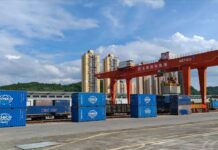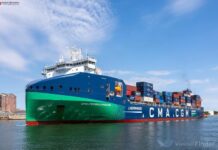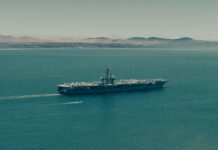
The Digital Container Shipping Association (DCSA) announced that the nine ocean carriers that are members of the association commit to 100% adoption of an electronic bill of lading (eBL) based on DCSA standards by 2030.
The container shipping companies commit to converting 50% of original bills of lading to digital within five years and 100% by 2030 to accelerate the digitalisation of container trade.
According to DCSA’s statement, moving away from physical paper bills of lading may save stakeholders US$6.5 billion in direct expenses, enabling US$30-40 billion in yearly global trade growth, enhancing the consumer experience, and increasing sustainability.
The bill of lading is one of the most important trade papers in container shipping, serving as a title document, a receipt for transported products, and a record of agreed-upon terms and conditions.
“I am delighted that carriers are taking this big step towards paperless trade. Μoving to 100% eBL will contribute towards our climate goals, as we move towards net zero 2050,” stated Soren Toft, CEO of MSC.
Every year, around 45 million bills of lading are issued by ocean carriers and according to DCSA, only 1.2% of these were electronic in 2021.
DCSA further noted that transforming document interchange through the eBL will advance digitisation, benefiting consumers, banks, customs/government officials, ocean shipping service providers, and other participants in the marine supply chain.
“The need for digitisation in logistics is urgent, and the industry needs to speed up the process,” pointed out Vincent Clerc, CEO of A.P. Moller -Maersk.








